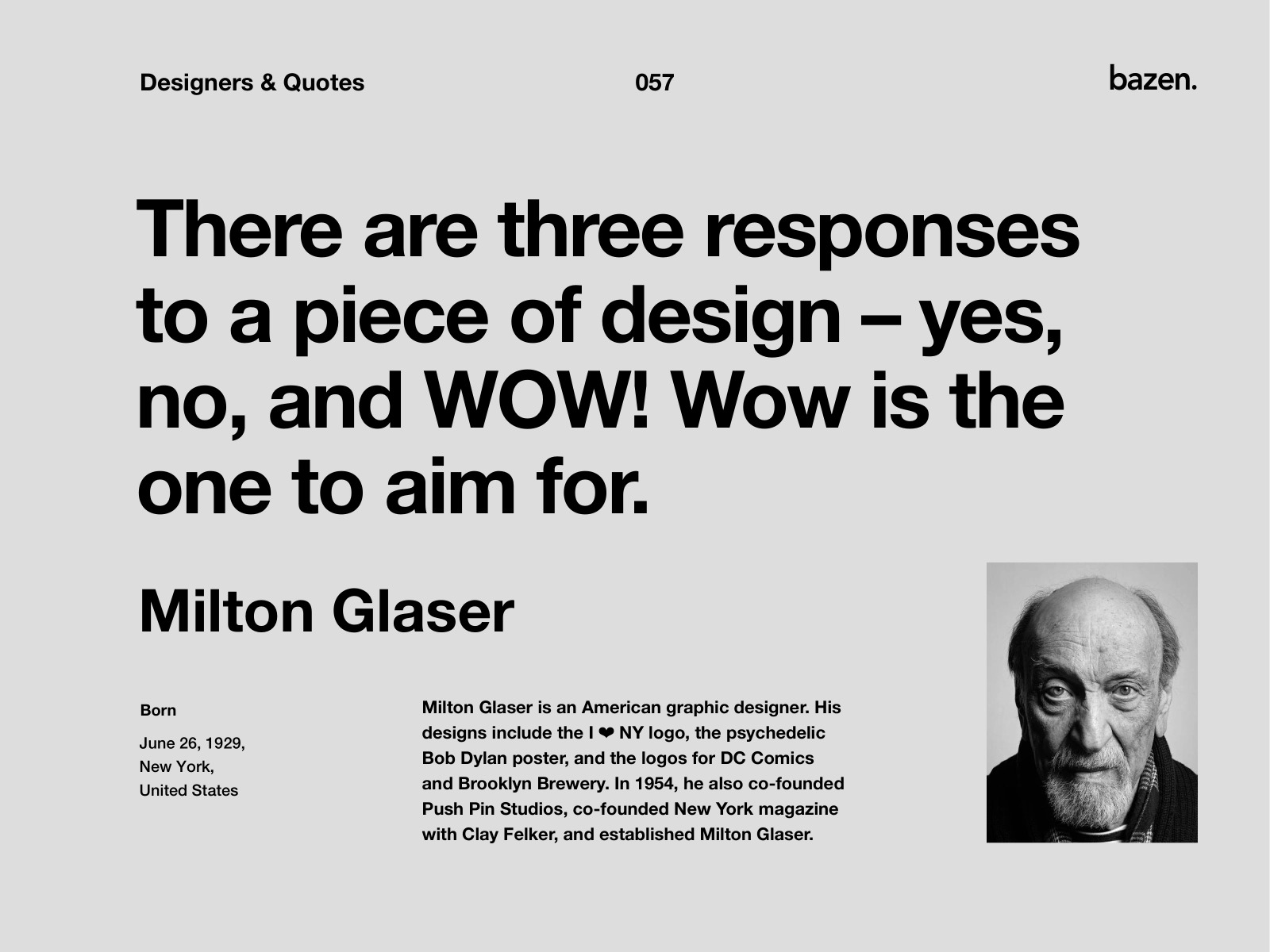“There are 3 responses to a piece of design – yes, no, and WOW! Wow is the one to aim for.” – Milton Glaser.
Every designer makes mistakes. Although we don’t like to admit it later in our careers, we make a lot of mistakes when we first start out as designers. We are bound to compete and the repeated cycle of mistakes we are making for all innovations and improvements, so by ignoring, we miss innumerable opportunities to learn and gain information. Mistakes may occur as a result of noncompliance with high requirements, incorrect interpretation, or poor analysis. We eventually learnt how to correct and avoid design flaws. Working in a creative team rapidly teaches you that there are many things you should not do.
1. Not understanding the briefs:
Without a clear understanding of what the client desires, you may end up complicating issues for yourself. A lot of time might be wasted procrastinating or developing design concepts that are irrelevant to the client’s needs.Instead, read and comprehend the brief attentively from the start, take notes, brainstorm, and try to stay in touch with the customer to ensure that what you’re working on is on track.
2. Over designing a product:
“Good design is as little as possible” says Dieter Rams, Designers, armed with a vast range of digital tools for anything from mobile to motion, and this excites the need to showcase their ability to create something by adding too much. White space that is constantly pressed by the client to be filled with content or marketing links should be preserved rather than cluttered by the designer. Over-designing a product not only restricts a clear and simple and accessible user experience, but it is also a misunderstanding of the designer’s moral and ethical responsibility to not generate aesthetic pollution or excessive waste in the design process/outcome.
3. Poor Planning:
Let’s be honest before a project goes online, clients change their minds multiple times. As a result, the designer is responsible for planning. They are responsible for identifying edge circumstances and being prepared for whatever their clients throw at them. However, this is not an easy task. As a result, designers frequently alienate themselves from their clients due to dissatisfaction or inexperience and without communication, the end output will not resemble what the client envisioned. Avoid designing a design that does not satisfy your client’s expectations or that does not match their products or corporate branding. Inquire about their goal, mission, and goods, and learn everything you can about them. Finally, designers are their “voice.” But remember to make it simple and clear. Users are already flooded with information on a daily basis, so one more image or too much text would overload them. Finally, keep scalability in mind when creating your design.
4. Wrong font and typography:
A clear, structured design is essential, so avoid using too many different fonts within a piece. If you want your text to look consistent, avoid confusing the reader by overlaying your page with a variety of fonts. Try to keep to two separate fonts and use different font weights to differentiate and highlight places as a general rule. There are numerous websites where you may get free fonts, but be careful of the potential problems in terms of legal and usage rights, which may force you to resume your work with a different font. Your typography choices are just as significant as where you obtain your typefaces from. This isn’t just a problem for beginners.
5. Failing to proofread:
Proofreading allows the designer to go over their work and check that it flows effectively, so it does not cause the reader to stumble, and still expresses the intended idea. Simply said, proofreading is the final stage of the editing process that focuses on surface issues such as misspellings and grammatical and punctuation mistakes and design errors.
We must choose the appropriate technologies, methodologies, and variables for each case separately and must respectfully cross-share the interest of all sections. To design a dependable product, it is critical to retain the attention on the potential areas. Finally, it is up with the individual designer to stop making mistakes and begin creating an authentic product with a strong business and user experience that elicits a clear response from the consumer or client.
With DOT School of Design, you may design your future and flourish in your field of design. With our prominent teachers and facilities, we believe students may develop into bright new designers. In Chennai, the DOT School of Design provides a four-year Bachelor of Design curriculum. Our students graduate with an abundance of chances and abilities to excel in their chosen career paths.
Visit us to learn more about our program.
Related Articles
https://www.dotsod.in/blog/software-that-help-in-graphic-design/
https://www.dotsod.in/blog/graphic-design/



